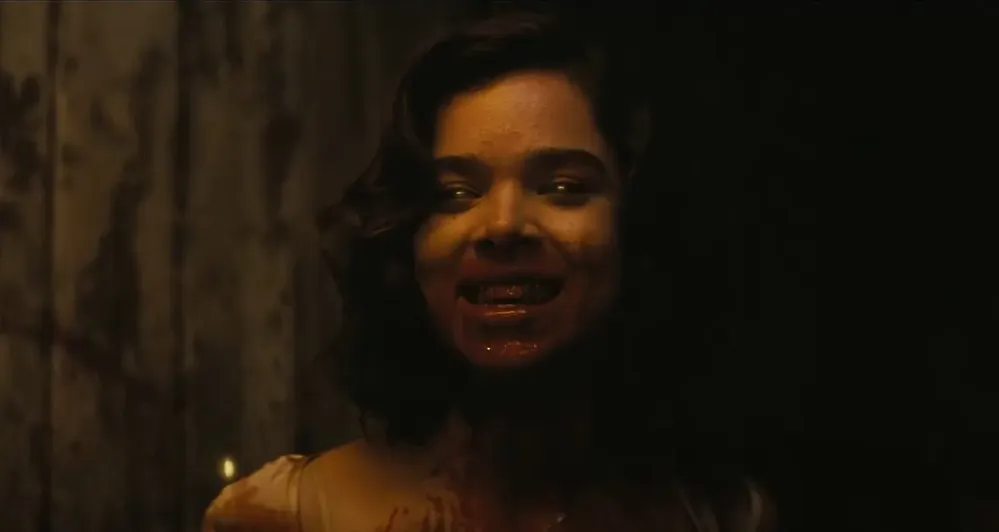
The Sinner has reportedly seen its reputation skyrocket since its release in North America on April 18, becoming—despite being a hard-R horror film (containing graphic violence, profanity, and sexual content)—one of the most audience-acclaimed films of 2025 so far. On Rotten Tomatoes, it boasts a staggering 98% Fresh rating.
Even more surprising, it received an A grade from CinemaScore—a Las Vegas-based market research firm known for surveying audiences after screenings to help forecast box office performance. An A rating is rare for horror films; historically, only genre-defining titles like The Silence of the Lambs and Get Out have earned such acclaim. That makes The Sinner the first horror film in over 40 years of CinemaScore history to receive an A rating.
The film is directed by Ryan Coogler, known for Black Panther, which received critical acclaim—particularly among African American audiences—upon its release. The lead, Michael B. Jordan, plays dual roles in The Sinner. Jordan is known for films like Chronicle and the 2015 Fantastic Four, and previously collaborated with Coogler on Black Panther.
In terms of story structure, The Sinner bears a strong resemblance to the 1996 cult classic From Dusk Till Dawn:
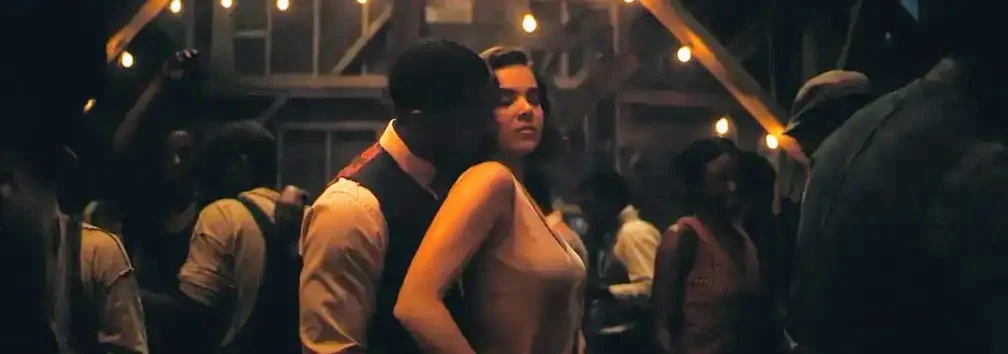
The first and second halves of The Sinner feel like two completely different genres—yet the transition between them is seamless.
And perhaps that’s one of the film’s biggest highlights.
In the first 30 minutes or so, the story follows a couple who return from Chicago to their hometown in Mississippi. Having achieved success, they come back in triumph, hoping to make a name for themselves by throwing a grand party. Their goal is to rally the local Black community and help them fight for the rights they deserve.
Meanwhile, a vampire (played by Jack O’Connell), drifting through the area while fleeing from Native American pursuers, is drawn to the town by the music of a gifted blues musician. Entranced, he launches a brutal massacre, turning the party guests into his undead kin. Chaos erupts, and only a few survivors remain, forced into a desperate and bloody battle against the growing legion of monsters.
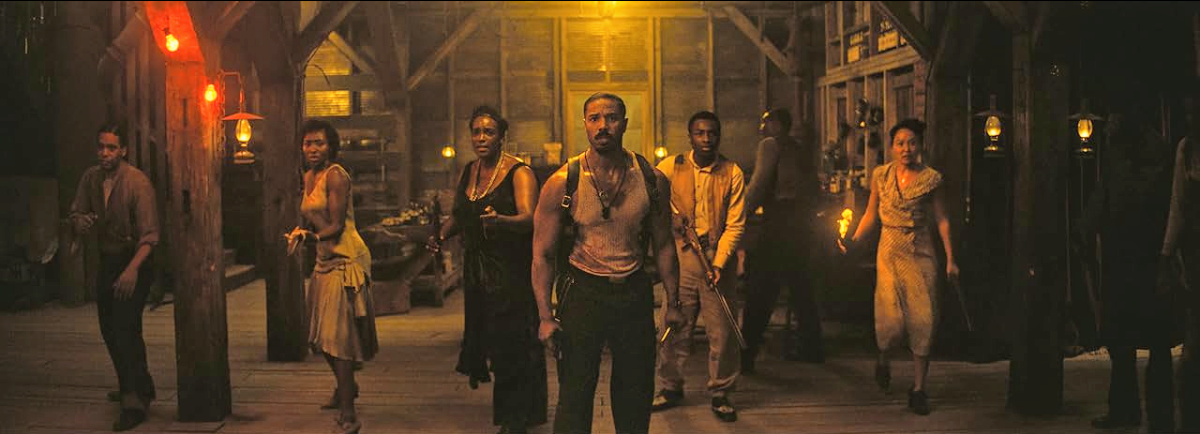
1️⃣
First, my overall impression after watching the film:
The Sinner does indeed share many structural similarities with From Dusk Till Dawn.

In From Dusk Till Dawn, it's a pair of criminal brothers (played by George Clooney and Quentin Tarantino) who end up at a mysterious bar after a string of serious crimes. In The Sinner, it's also two brothers (both played by Michael B. Jordan) who return to their hometown, buy a warehouse, and convert it into a temporary club to throw a party.
In From Dusk Till Dawn, the brothers are attacked by vampires, with Tarantino’s character being killed first, only to return as a vampire. In The Sinner, the younger brother is seduced by his vampire ex-girlfriend and transformed during a moment of passion—both stories ultimately leading to a brother-against-brother showdown.
The “added character” trope is present in both films: in From Dusk Till Dawn, it’s the kidnapped young girl; in The Sinner, it’s the older brother’s ex-lover and the younger brother’s vampire ex.
Both films are set primarily in enclosed spaces—a bar or a club—and depict battles where the few fight against overwhelming odds. The main difference lies in the portrayal of the vampire antagonists: The Sinner offers more nuanced, well-developed villains.
When it comes to vampire lore, From Dusk Till Dawn leans heavily into Latin American (specifically Mexican) legends, portraying vampires as grotesque hybrids of bat, snake, and human. The Sinner, by contrast, takes a more “traditional” European approach: elongated fangs, distinctively shaped front teeth, and, crucially, adherence to the rule that a vampire cannot enter without an invitation. This detail lends a tighter, more suspenseful atmosphere than From Dusk Till Dawn.
A particularly tense moment comes just before the chaos breaks loose: the younger brother’s ex-girlfriend, now a vampire, returns abruptly and insists that the bouncer say, “I’m letting you in.” As he eyes her suspiciously, she rushes inside, seduces the brother, and triggers the spread of the infection. Most of the Black partygoers flee, only to be hunted and turned one by one in the surrounding dark wilderness. The now-turned ex leads a group of vampires back to the club entrance, setting up the climactic showdown.

This sequence radiates an intense sense of horror and eerie atmosphere:
The older brother’s ex-lover (played by Wunmi Mosaku) takes on the role of the group’s brains. She’s the first to notice that the younger brother’s ex-girlfriend, after being shot, walks away from the club completely unfazed. She quickly makes the decisive call to lock the younger brother’s body in a room and, drawing from local folklore she’s heard, concocts a garlic solution as a defensive weapon—essentially boosting the team’s magical attack power.
At the same time, she’s no slouch in combat either. Physically stronger than the brother, this formidable and broad-shouldered woman faces the swarm of vampires head-on, knocking them out one by one with deadly precision. A true warrior and standout heroine, her fierce and decisive fighting style leaves a powerful impression.

2️⃣
As expected, the film assigns its most questionable display of intelligence to its Asian characters—specifically, a local grocery store couple in the town.
Under the film’s racial framing, where Black characters are the protagonists, white characters are the villains, and Asian characters are the comic relief or clueless ones, this couple fits a familiar mold. While the characters are written as Chinese, the casting leans strongly Japanese—especially the actress playing the wife, whose facial features distinctly resemble those of Japanese descent. Still, this casting choice reflects a common Western stereotype of Asians:
They can be sidekicks, but not trusted with serious responsibility.
In The Sinner, this couple symbolizes the tonal shift between the film’s two halves. In the first half, the husband has more screen time as the older brother’s longtime business partner—sharp, but transparently so.
When chaos erupts, the husband senses something is wrong and tells his wife he’ll go get the car to come back for her. But like throwing a bun to a dog, he disappears without a trace—only to later return as one of “them.”
The vampires then threaten the wife, saying they’ll go after her children back in town. The spotlight shifts to her, painting her as an emotional, irrational figure—a stark contrast to the older brother’s ex-lover, who is portrayed as composed and capable. The most facepalm-worthy moment?
Sticking to the rule that vampires can’t enter unless invited, the wife blurts out, “Come in and let’s see what you’ve got,” like a challenge. Everyone freezes in horror as the vampires gleefully flood in.
However, she gets a powerful redemption arc in the final showdown—battling her turned husband in a fiery, self-sacrificial duel that ends with both of them consumed by flames. A chilling and unforgettable scene.
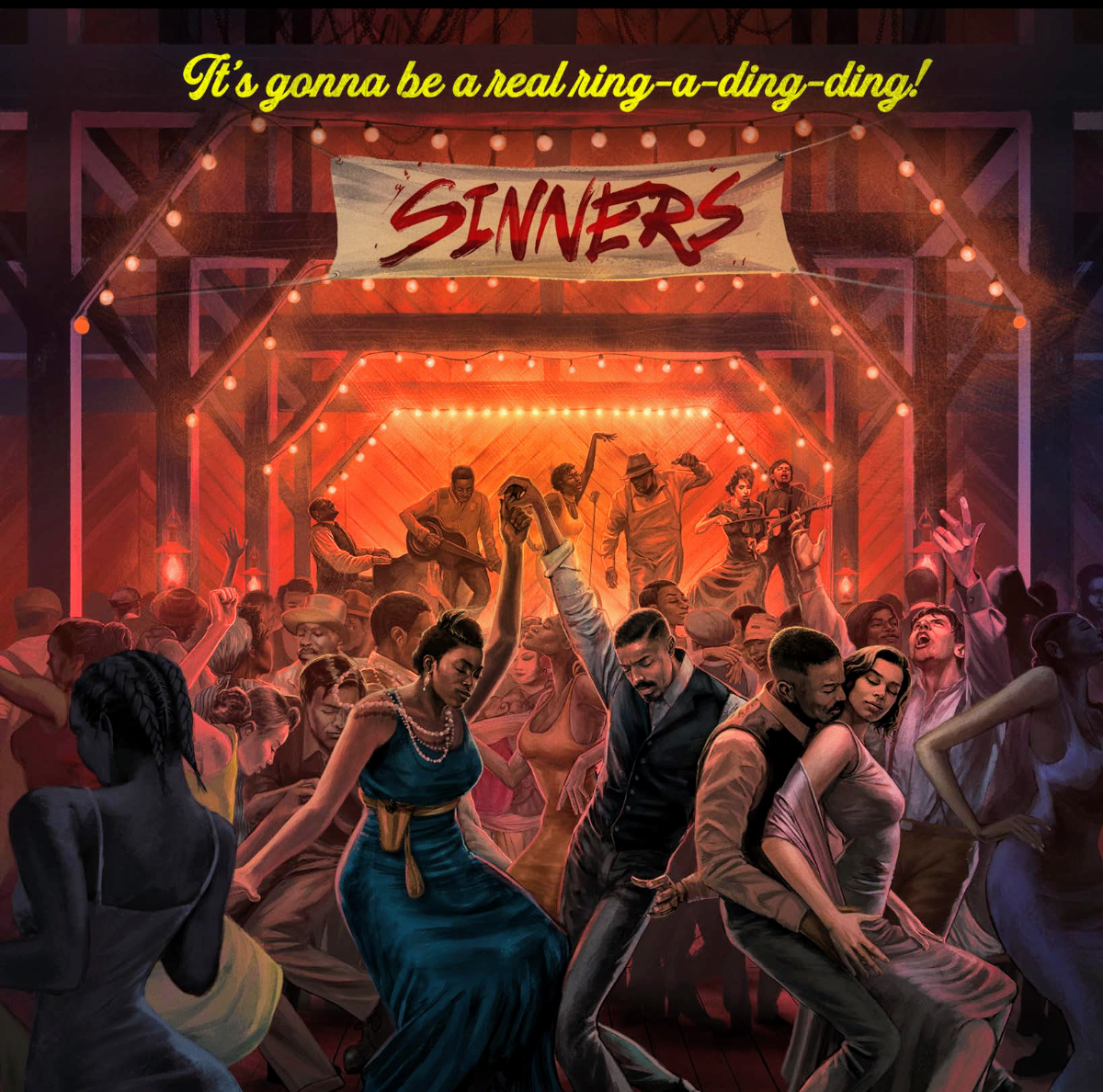
All in all, if we continue comparing with *From Dusk Till Dawn*, which also had Asian characters (though the film never specified their nationality), the Asian couple in *The Sinner* clearly had much more screen time. Unfortunately, their characterization leaves a lot to be desired.
It’s obvious that the “good guy” roles are reserved for Black characters, with only a handful of “bad guys” being white. Meanwhile, the responsibility of advancing the plot through intellect is conveniently assigned to the Asian characters. The logic behind this seems to be:
Asians don’t stir trouble, don’t protest, and passively accept this “submissive and sidekick-only” stereotype, which then gets twisted into being described as “people who look like they’ve never been bullied”...
That’s exactly why this couple’s characterization stands out:
No matter how intense the Black-vs-White dynamic gets, Asians are always stuck at the bottom—as mere atmospheric background.
And that includes in film and television.
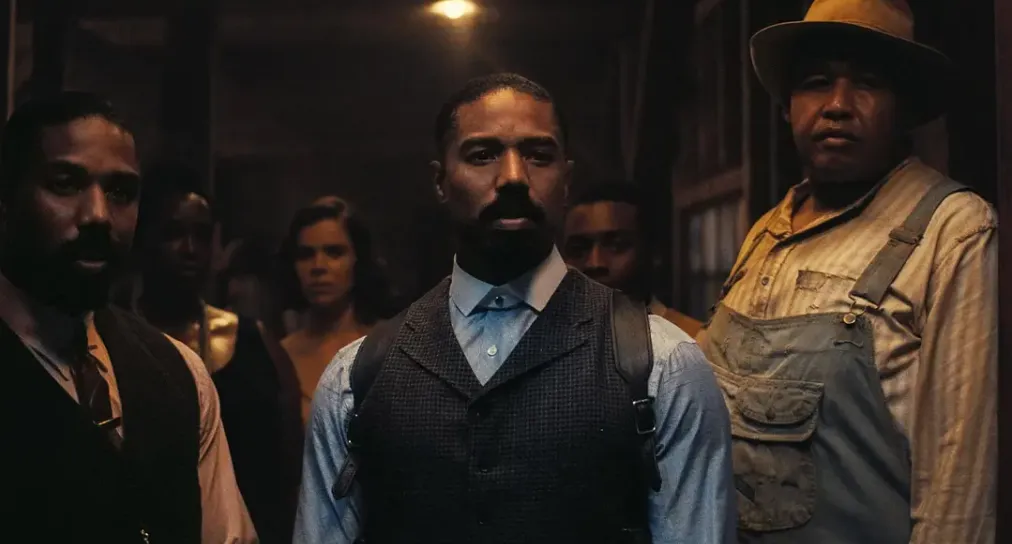
3️⃣
Back to the main topic:
*The Sinner*, much like *Black Panther*, is essentially a tragic narrative that powerfully reflects on the historical struggles of Black people in America. It’s not so much about “recalling past suffering to appreciate the present,” but rather a form of implicit grievance-based education—“never forget, always remember.”
In the film, the Native Americans who hunt vampires, the Black brothers targeted by white plantation owners and the KKK, the Chinese couple quietly running a store and avoiding trouble, and the centuries-old vampire roaming for amusement—all clearly represent symbolic counterparts imagined by the director in relation to real-world dynamics.
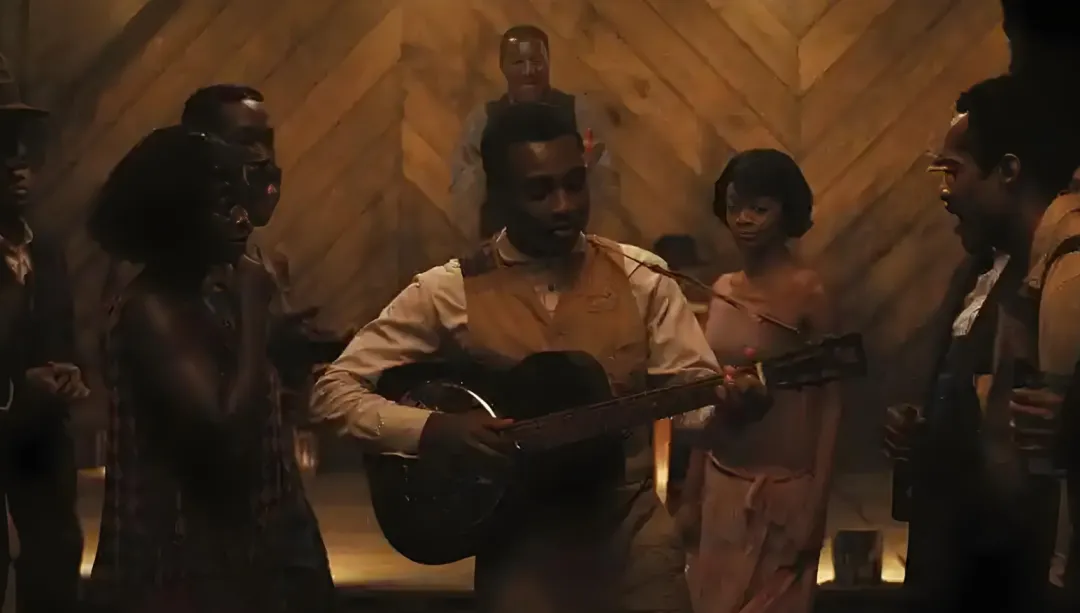
The first to be turned in the film is the younger brother's ex-girlfriend (played by Hailee Steinfeld), a biracial woman with a lighter skin tone but distinctly Black features. Like the Chinese couple, her role in driving the plot forward is layered with meaning:
At one point, the vampire—drawn in by the scent—attempts to enter the party and "join the fun," but the two brothers firmly reject him, saying, "This party is for Black folks only." The vampire waits outside. Displeased, the ex-girlfriend expresses an idealistic "one world" sentiment. She then heads out into the wilderness to find them, gets turned, and later reenters the venue to spread chaos.
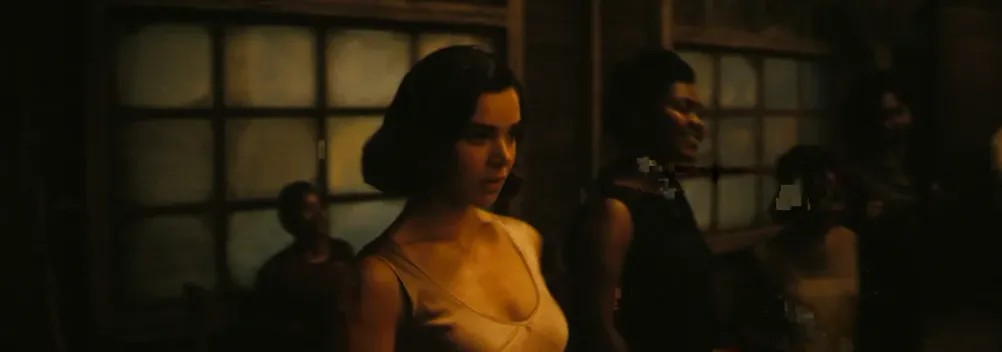
This suggests that, in the eyes of the director (who is also the screenwriter), the "moderates" are essentially "appeasers"—and the result is being oppressed by "white people." This interpretation likely isn't far off, considering his previous film *Black Panther* also emphasized the greatness of the Wakandan world, making the rest of Marvel’s heroes seem somewhat out of place.
In *The Sinner*, the first half of the film devotes significant screen time to portraying the Black brothers’ backstory: surviving World War I and being embroiled in gang warfare in Chicago. Then, after the brutal battle with the vampires, only the older brother remains—left alone to face off against the KKK, who arrive in broad daylight, continuing the fight before ultimately meeting his fate with solemn resolve.
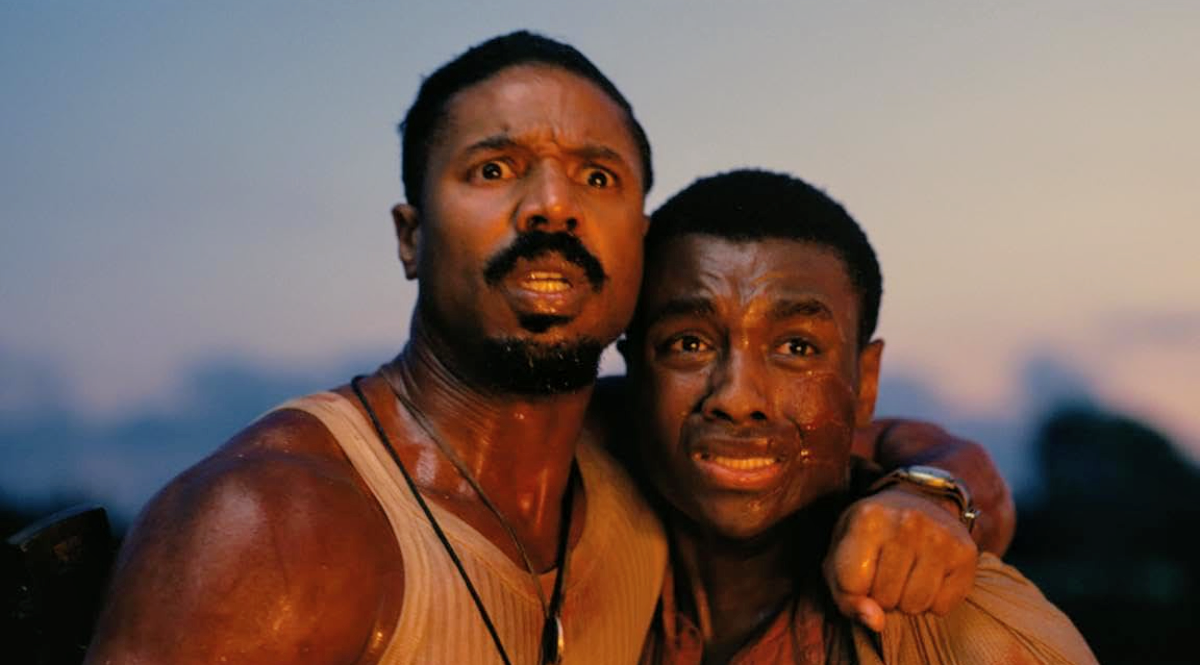
The final scene lingers on the musical prodigy, now an old man, recounting the past through his music—a near-epilogue that echoes the sentiment: *“Who keeps retelling the stories of heroes, aligning them perfectly with the time, the place, and the people.”*
So, to reiterate—there’s no need to empathize on a personal level while watching. The film is primarily focused on portraying the tragic history of African Americans. There’s little point in forcing a narrative of “class solidarity.” *The Sinner* never really considered Asian (Chinese) characters as “brothers in arms”—they’re just part of the background, doing their own thing.
That said, the second half’s “humans vs. vampires” battle is indeed thrilling.
As a film that has garnered widespread acclaim and high ratings in 2025 so far, *The Sinner* is a surprising success. It does contain a significant amount of violence and erotic content, which plays a notable role in the overall narrative.
As for its message, emotional resonance, or ideological stance—that’s all up to individual interpretation.
